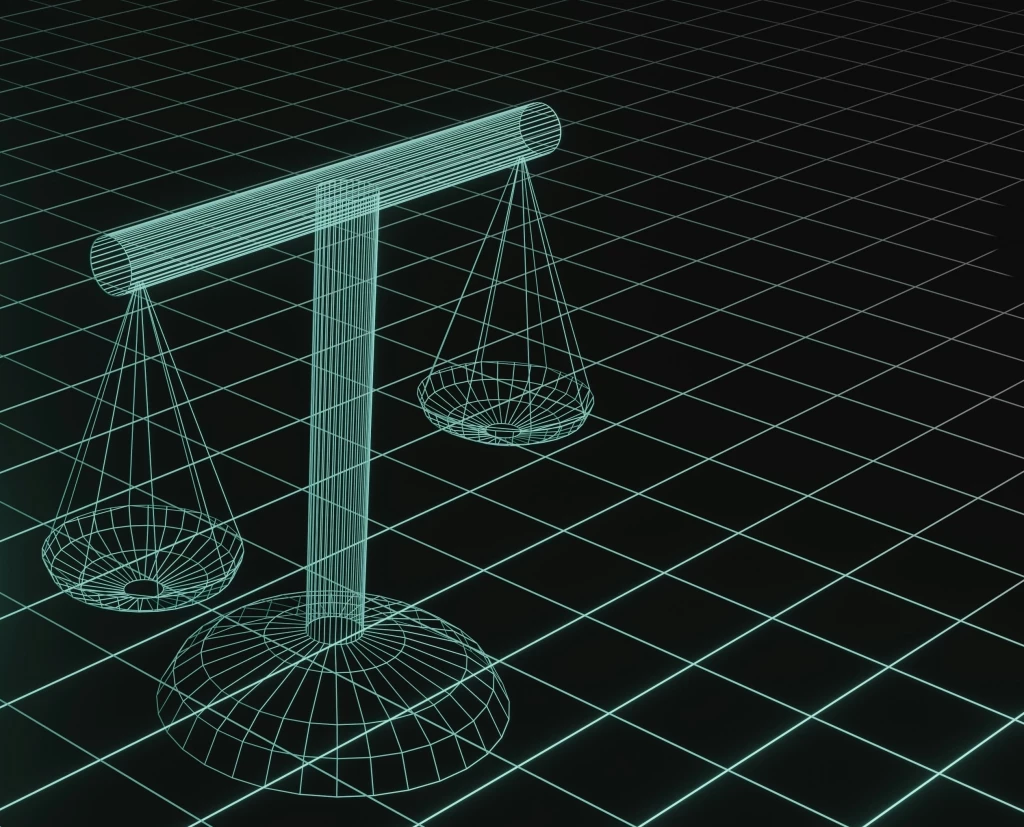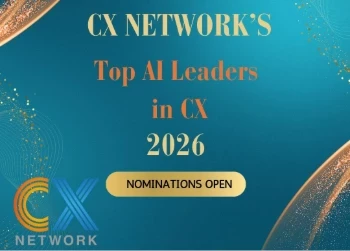7 ways companies are using generative AI in customer experience
From virtual assistants to data analysis and advertising campaigns, here are seven companies using generative AI in customer experience
Add bookmark
As tech revolutions go, it is still very early days for generative AI, however its power to analyze data and produce content faster than a human means many companies are already harnessing its potential to improve customer service and drive engagement and promotional activities.
We may only be scratching the surface of what it is possible to do with the technology, but a few trends have emerged since ChatGPT and similar LLMs were unveiled to the public in 2022:
- Text generation is the most common use for generative AI overall, while in customer experience it is increasingly being used to power chatbots and virtual assistants
- The US, China, Canada and the UK have the highest number of generative AI startups
- The first industries to embrace this technology include financial services, retail and telecommunications
Whether it’s to analyze customer data or generate 3D images for advertising campaigns, brands are swiftly adopting AI to ensure they are not left behind. Below we list seven real-world examples of companies using generative AI to improve their customer engagement strategies.

Don't miss any news, updates or insider tips from CX Network by getting them delivered to your inbox. Sign up to our newsletter and join our community of experts.
A first-of-its-kind “gardening sommelier”
ScottsMiracle-Gro has been supporting gardeners with lawn, garden and pest control products since 1868. As a result, it’s the world’s largest marketer of branded consumer products for lawn and garden care, and it isn’t afraid to move with the times.
In 2024, ScottsMiracle-Gro started testing an app for field sales associates – their term, not ours – that includes an AI agent that functions as a first-of-its-kind “gardening sommelier”, providing highly tailored gardening advice and product recommendations on demand.
Built on Google Cloud Vertex AI, the tool is available on mobile devices and allows associates to access product information in real time, replacing a 450-page training document of product information.
Associates can ask questions in natural language prompts and receive detailed product knowledge and advice which they can then share directly to in-store retail partners or consumers. In time, ScottsMiracle-Gro plans to launch a consumer version of the generative AI powered tool.
“At ScottsMiracle-Gro, we want to offer our retail partners and consumers the best lawn and garden products coupled with the best advice. Google’s powerful gen AI solutions provide us with an incredible opportunity to reinvent how people engage with our brands and learn about our products,” says Emily Wahl, VP of information technology for ScottsMiracle-Gro.
ChatGPT as a virtual travel agent
Travel website Expedia has integrated ChatGPT into its app to help users make and save travel plans. Rather than search for flights or hotels using Expedia’s website, they can ask the AI for recommendations on places to go, where to stay and how to get around, as if it was a human travel agent. The app can also save locations so that users can easily check availability and book.
To enable this, 1.26 quadrillion variables were entered into the app including hotel location, room type, date ranges and price points. It then uses Expedia’s flight data to compare prices on the day with historical price trends and track fluctuations, so travelers can decide on the best time to book and earn rewards. In case of issues, Expedia’s virtual assistant is on hand 24/7.
PUMA’s hyper-personalized product listings
Taking hyper-personalization to the next level, PUMA can now generate relevant imagery, such as new background images that are tailored to a specific product, customer and region, therefore enhancing digital shopping experiences for millions of PUMA customers.
PUMA was the first in its industry to use AI imagery in its online shop at scale, now it has taken that a step further by using Imagen 2 on Google’s Vertex AI to create dynamic and personalized product imagery that is improving click-through rates and accelerating the time-to-market for PUMA’s digital campaigns globally.
While the technology is available globally, Imagen on Vertex AI empowers marketers in individual PUMA regions to tailor content to their specific market needs. For example, while shopping online, customers from Japan may see a lifestyle shoe worn on the streets of Ginza or a trail running shoe on the foothills of Mt. Fuji.
Beyond image generation, Imagen on Vertex AI also becomes a powerful tool for image editing, aiding PUMA content editors with time-consuming editing tasks, such as shadowing, composition and color accuracy, resolution and product positioning.
As a next step, PUMA plans to use Imagen 3, Google Cloud’s latest and highest quality text-to-image model, as it continues to advance and scale campaign creation.
The sports brand also plans to expand the implementation of Google Cloud’s Vertex AI Search for Retail to more subsidiaries to further improve average order value (AOV) and overall shopper conversion rate.
ChatGPT-4 can enable language learning
Language-learning platform Duolingo uses the technology underpinning ChatGPT-4 to help users practice language skills and understand when they have made a mistake. Practice scenarios have been written by human curriculum experts for users to test their skills with a virtual conversation partner that responds with natural-sounding speech.
A separate function called Explain my Answer uses AI to give feedback when a user makes a mistake, even explaining grammatical rules. Responses are frequently reviewed, and Duolingo says that it uses OpenAI’s ChatGPT because it is the most accurate and fastest version of the technology available.
Coca-Cola using generative AI in advertising
Coca-Cola is one of the first multinational companies to appoint a global executive solely responsible for AI, and it is already demonstrating how it intends to spearhead the use of AI in new and creative ways.
One of its first efforts was to produce an advert where, set in a museum, famous artworks come to life thanks to Open AI’s DALL-E2 generative image tool (including Andy Warhol’s 1962 depiction of a Coca-Cola bottle).
Another campaign saw the brand issue a call out for artists to submit their original artwork combined with iconic assets from the Coca Cola archives, with selected submissions to be featured on digital billboards in New York’s Time Square and London’s Piccadilly Circus. It was a smart promotional move, and an example of how creatives can use generative AI to their advantage.
The AI bot automating payment queries
Freddy AI is the name of Freshwork’s bot powered by generative AI, able to answer frequently asked questions with personalized responses. Although Freddy AI first launched in 2018, it was updated earlier this year with OpenAI’s technology to help agents formulate responses to enquiries, and for marketers and sales teams to create engaging copy.
In India, digital payments company PhonePe uses Freddy AI to automate answers for simple queries such as ‘what is my balance?’. Since its adoption, the company has been able to resolve 80 percent of its customer enquiries.
Using OpenAI’s technology to make predictions
After announcing a partnership with OpenAI, Twilio recently launched a new suite of generative AI tools aimed at CX practitioners and marketers. These include CustomerAI Predictions, leveraging AI and machine learning (ML) to help trigger customer journeys and personalize multichannel experiences based on a customer’s likelihood to purchase or churn.
Another new function called Voice Intelligence uses a transcription and language tool that deploys conversational speech recognition to gain insights and report on trends like feedback and compliance risks.
One company using CustomerAI Predictions is Box, a cloud-based content management platform. Chris Koehler, chief marketing officer at Box, says: “CustomerAI Predictions has equipped Box’s marketing team with the ability to forecast customer behavior to a degree that was simply unavailable to us before. We’ve been able to explore segmenting our audience based on predictive traits like who is most likely to join us at in-person events or who is more likely to purchase, and this allows us to meet those people where they are in their customer journey.”




















